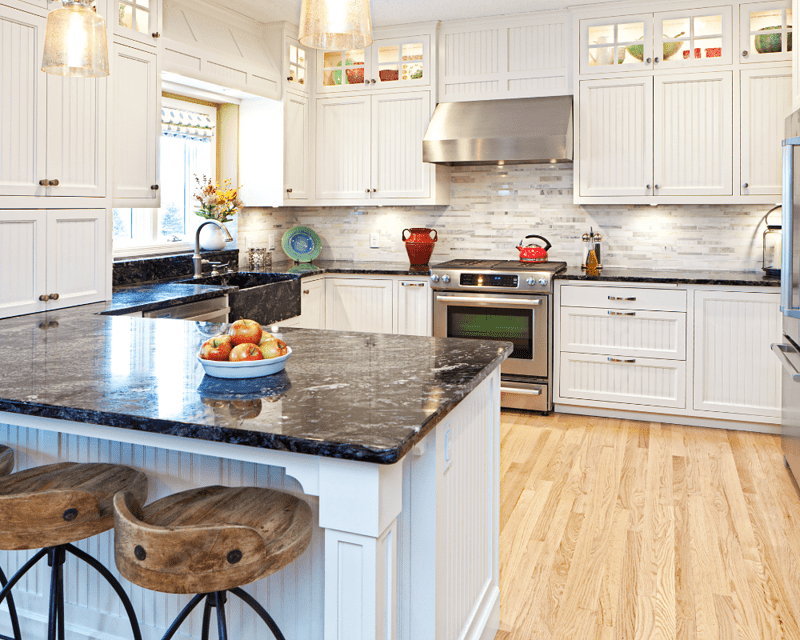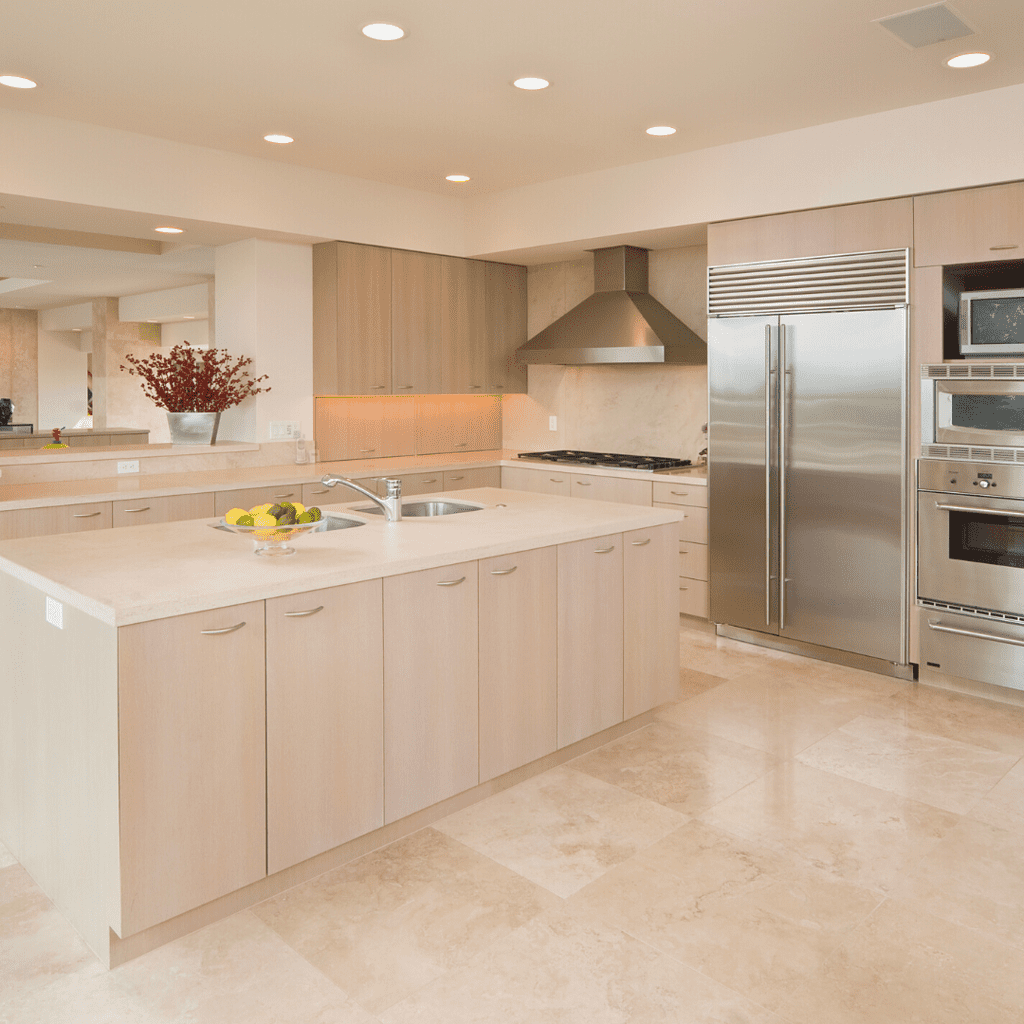Obesity is one of the primary health concerns facing British children today. One of the best ways to ensure that children maintain a healthy weight is through modelling healthy eating patterns, according to the NHS. That means the entire family eating in a responsible way to help children develop good habits – and that includes in the kitchen. The heart of many British homes, the kitchen is the clear centre of food preparation and discussions, and making it a welcoming and family-friendly environment will help children of all ages to learn about food and truly appreciate it.
Considering accessibility

Getting kids into the kitchen is an important first step. For many families, this will be through the use of a toy kitchen. While, as the Independent notes, this is an important step, creating a connection between food, cooking and nutrition, it is only a first step. Children should be brought into the kitchen as soon as it’s reasonable and safe to do so, and some adaptations can be made to the kitchen design help kids enjoy cooking sooner. Countertops and work surfaces are one common barrier – where they’re too high or too angular; they can be dangerous and inaccessible. A high-quality stone worktop range can get around that through child-safe corners and a slight lowering of the total profile, making accessibility easier – while also minimising cleanup for tired parents from stains, which may occur with wood and resin.
Full range of tools
It’s important to understand at what ages children can safely exercise motor abilities and to apply that to your kitchen. For instance, children shouldn’t be cutting anything until three years old, and even then, it needs to be child-safe with a blunt edge for the likes of soft ingredients such as butter. As highlighted by the BBC, this principle extends through the ages, but there are interesting design options where you can create that safety while also giving kids the agency they need to really learn. Close-to-the-ground storage systems are a great idea, where you can stock them with exactly what children might need to get involved.
Embrace the island

More important than any other feature is the kitchen island. Already very trendy, these provide a focal point from which to observe the food being prepared and to have active participation in cooking. Rather than boxing off the kitchen and cooking effectively ‘in secret’, opening up the entire process with a kitchen island as a central area to congregate will give effective access to kids, and allow them to see the kitchen as a comfortable and safe area in which they can learn, play, and get their nutrition.
Bedding in these healthy principles and steering children away from the on-demand nature of the modern culinary scene will do wonders for their health. Build a warm, loving, and comfortable link between food and nurture, and you’ll ensure that kids have the best possible start in life.


